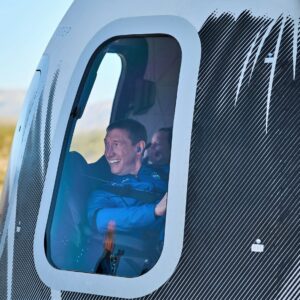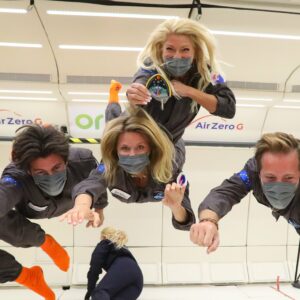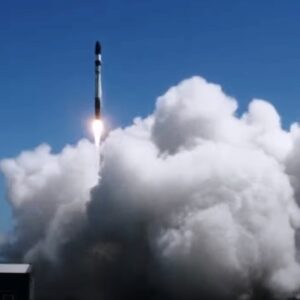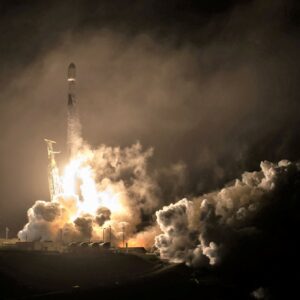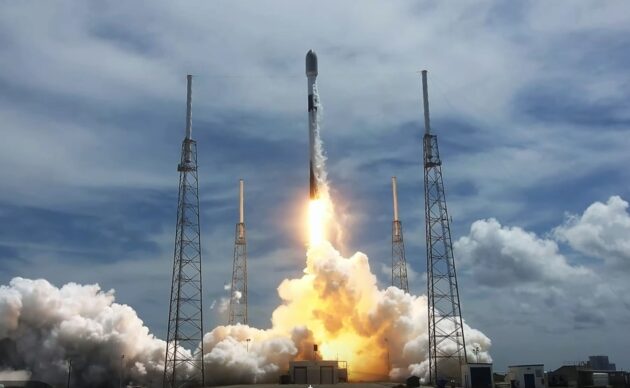
A new type of controllable orbital transfer vehicle built by Seattle-based Spaceflight Inc. made its debut today when SpaceX sent dozens of satellites into orbit on a Falcon 9 rocket.
SpaceX’s Transporter-5 mission, which is part of the company’s rideshare program, lifted off from Cape Canaveral Space Force Station in Florida at 2:35 p.m. ET (11:35 a.m. PT):to send 59 small spacecraft to space. Minutes after stage separation, the Falcon 9’s reusable first-stage booster made a rare land-based touchdown at SpaceX’s Landing Zone 1, not far from the launch site.
The piggyback spacecraft were to be deployed from the rocket’s upper stage into low Earth orbit, or LEO, over the course of a little more than an hour.
One of those spacecraft is Spaceflight’s Sherpa-AC1, the latest in the company’s line of Sherpa orbital transfer vehicles, also known as space tugs.
Sherpa tugs are designed to go out from their launch vehicles and deliver an assortment of small satellites to different orbits. The tugs can also carry hosted payloads, which do their thing while remaining attached to the tug.
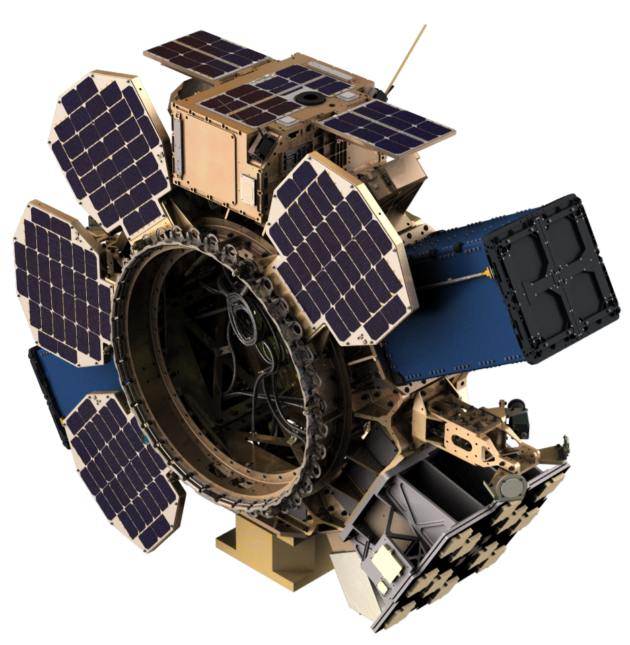
The Sherpa-AC adds capabilities for attitude control (hence the “AC”) and tracking. An onboard flight computer keeps track of the tug’s location in space, and a command and control system can keep the spacecraft pointed in the right direction. There’s also a two-way communication system, an electrical power system and a basic thermal control system.
“In addition to deploying multiple satellites, Sherpa-AC is well-suited for accommodating hosted payloads in LEO for up to a year,” Jodi Sorensen, Spaceflight’s vice president of marketing, said in a blog post. This first Sherpa-AC carried three nanosatellites for the Missile Defense Agency and MIT Lincoln Laboratory, plus hosted payloads for Xona Space and NearSpace Launch.
Two other companies had their space tugs put into orbit. Transporter-5 marked the first mission for Momentus Space’s Vigoride orbital transfer vehicle, which uses a water-based propulsion system D-Orbit’s ION SCV-006 tug was sent into space as well.
Other notable payloads included NASA’s TBIRD experiment, which aims to test laser communications in space; Nanoracks’ Outpost Mars Demo-1 experiment, which is designed to demonstrate a metal-cutting technique for in-space construction; and a Celestis nanosatellite that contained cremated remains from more than 40 people.
